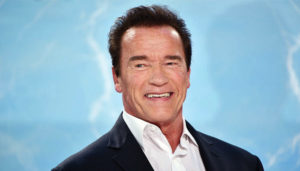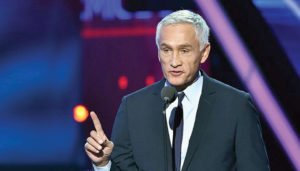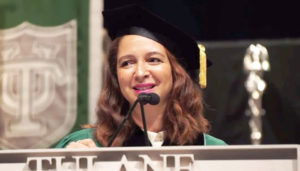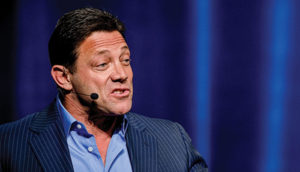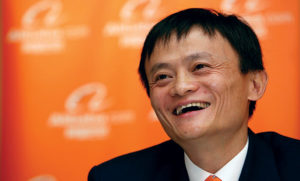Roselinde Torres is a senior partner and managing director at the consulting firm, BCG. She has spent twenty five years observing and traveling around the world to study different leadership programs. Through her Ted Talk, Roselinde proposes three crucial questions when trying to thrive as a leader.
What makes a great leader today? Many of us carry this image of this all-knowing superhero who stands and commands and protects his followers. But that’s kind of an image from another time, and what’s also outdated are the leadership development programs that are based on success models for a world that was, not a world that is or that is coming.
In a 21st-century world, which is more global, digitally enabled and transparent, with faster speeds of information flow and innovation, and where nothing big gets done without some kind of a complex matrix, relying on traditional development practices will stunt your growth as a leader. Leadership in the 21st century is defined and evidenced by three questions.
1) Where are you looking to anticipate the next change to your business model or your life?
The answer to this question is on your calendar. Who are you spending time with? On what topics? Where are you traveling? What are you reading? And then how are you distilling this into understanding potential discontinuities, and then making a decision to do something right now so that you’re prepared and ready? There’s a leadership team that does a practice where they bring together each member collecting, here are trends that impact me, here are trends that impact another team member, and they share these, and then make decisions, to course-correct a strategy or to anticipate a new move. Great leaders are not head-down. They see around corners, shaping their future, not just reacting to it.
2) What is the diversity measure of your personal and professional stakeholder network?
You know, we hear often about good ol’ boy networks and they’re certainly alive and well in many institutions. But to some extent, we all have a network of people that we’re comfortable with. So this question is about your capacity to develop relationships with people that are very different than you. And those differences can be biological, physical, functional, political, cultural, socioeconomic. And yet, despite all these differences, they connect with you and they trust you enough to cooperate with you in achieving a shared goal. Great leaders understand that having a more diverse network is a source of pattern identification at greater levels and also of solutions because you have people that are thinking differently than you are.
3) Are you courageous enough to abandon a practice that has made you successful in the past?
There’s an expression: Go along to get along. But if you follow this advice, chances are as a leader, you’re going to keep doing what’s familiar and comfortable. Great leaders dare to be different. They don’t just talk about risk-taking, they actually do it. And one of the leaders shared with me the fact that the most impactful development comes when you are able to build the emotional stamina to withstand people telling you that your new idea is naïve or reckless or just plain stupid. Now interestingly, the people who will join you are not your usual suspects in your network. They’re often people that think differently and therefore are willing to join you in taking a courageous leap. And it’s a leap, not a step. More than traditional leadership programs, answering these three questions will determine your effectiveness as a 21st-century leader.
So what makes a great leader in the 21st century? I’ve met many, and they stand out. They are women and men who are preparing themselves not for the comfortable predictability of yesterday but also for the realities of today and all of those unknown possibilities of tomorrow.















